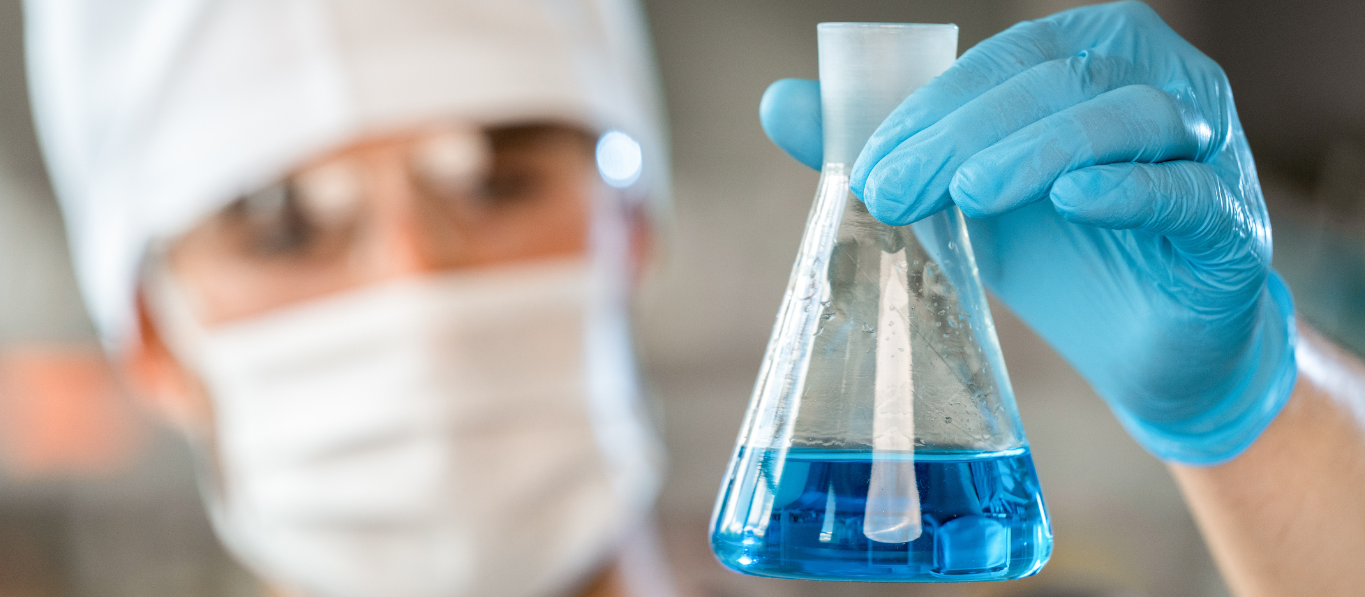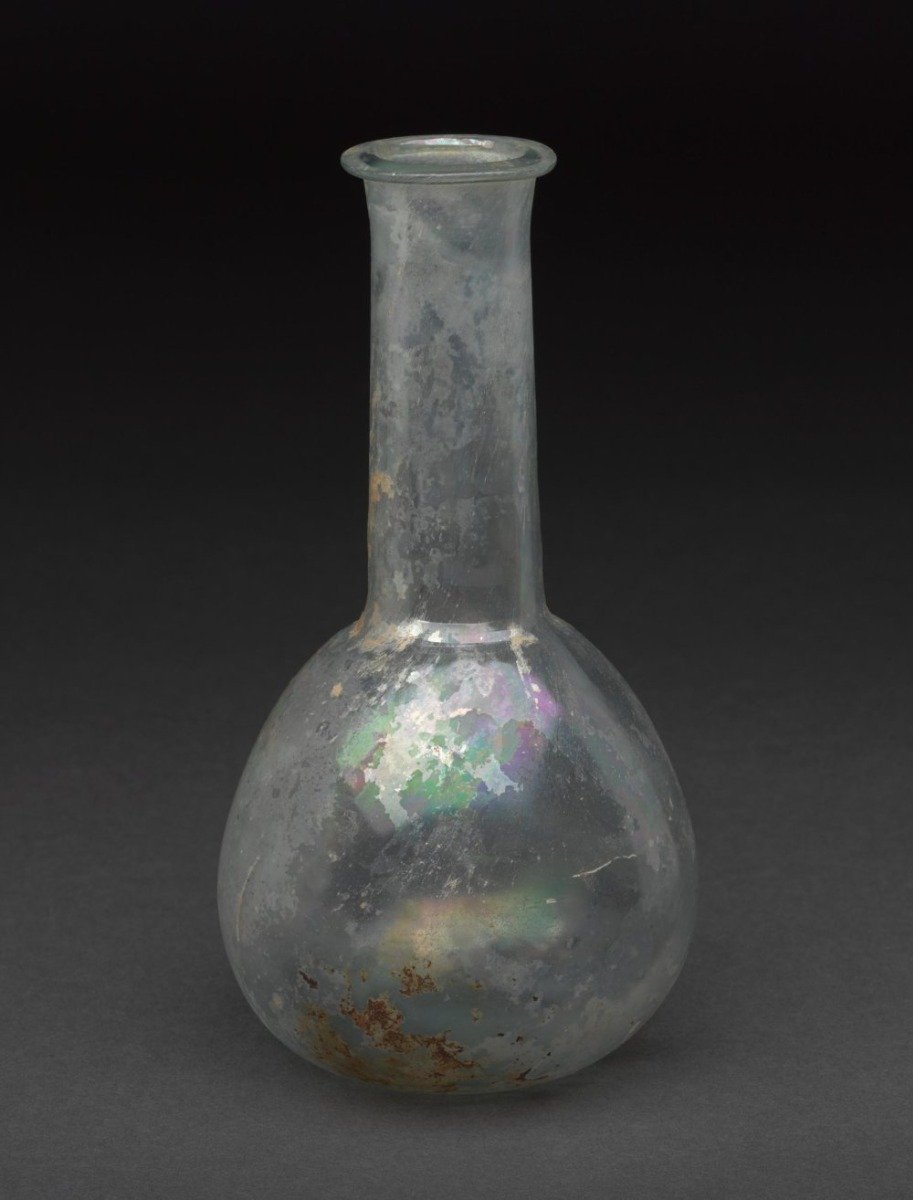Erlenmeyer Flasks: A Time-Tested Essential in the Laboratory
In laboratory glassware, few items are as iconic and versatile as the Erlenmeyer flask. This conical flask with a narrow neck is commonly seen in laboratories worldwide and is used in different scientific fields and applications.

A Short History
Richard August Carl Emil Erlenmeyer, a German chemist, introduced this distinctive flask in the late 19th century. Before the Erlenmeyer flask, chemists primarily used round-bottom flasks. However, these had several constraints, including difficulty in heating and limited visibility of the reactants. Erlenmeyer solved the issues with a cone-shaped invention that heats quickly and has a stable, broader base.
151-300AD Glass Flask, Roman.
Science Museum Group Collection
© The Board of Trustees of the Science Museum, London

Key Features and Design
Typically, manufacturers make Erlenmeyer flasks from plastic resin or borosilicate glass. Plastic Erlenmeyer flasks provide many benefits, such as lower costs, durability, chemical compatibility (such as hydrofluoric acid), lighter weight, and clarity. Borosilicate glass Erlenmeyer flasks, on the other hand, has a reputation for resisting thermal shock and chemical corrosion.
The shape of the flask is characterized by a flat, broad base that narrows into a cylindrical neck and a small opening. This unique design offers several advantages in laboratory applications:
Versatility: The conical shape allows for efficient mixing of liquids by swirling or agitating. It is ideal for the preparation of solutions, as well as for conducting chemical reactions where the volume may change due to gas evolution.
Heating: Erlenmeyer flasks are well-suited for heating on various devices, including hot plates or heating mantels. The broad base provides stability, while the narrow neck minimizes heat loss.
Observation: The narrow neck of the flask allows for controlled pouring and prevents splashing. Furthermore, it facilitates the addition of reagents and the insertion of various laboratory instruments. These laboratory instruments include thermometers, stoppers, or stirring rods.
Applications
Erlenmeyer flasks find extensive use in a wide range of scientific disciplines, including chemistry, biology, and environmental science. Some standard applications include:
Chemical Reactions: Scientists use Erlenmeyer flasks to mix and heat reactants in chemical reactions. This includes acid-base reactions, synthesis, and precipitation reactions.
Culturing Microorganisms: In microbiology, scientists use Erlenmeyer flasks to culture microorganisms. The shape allows for efficient aeration and growth of bacteria, yeast, and others.
Titration: These flasks are commonly used in titration procedures, as they allow for the controlled addition of titrant to the analyte solution.
Sample Storage: In the laboratory, scientists often use Erlenmeyer flasks to store and transport samples. Their design helps prevent contamination and evaporation.
Extraction: In chemistry and biology, scientists use Erlenmeyer flasks for solvent extraction processes. The conical shape allows for efficient separation of immiscible liquids.
Filtering: Erlenmeyer flasks can be used alongside filter paper and vacuum filtration systems to separate solid and liquid phases.
Quality Glassware and Plasticware
The Erlenmeyer flask, a product of ingenuity and scientific necessity, has become an indispensable tool in laboratories worldwide. Richard Erlenmeyer's invention has withstood the test of time, and it remains an enduring symbol of scientific progress, expedience, and precision in the world of research and discovery.
At TLD, we understand the significance of reliable and versatile laboratory supplies and equipment. We proudly offer a wide range of laboratory glassware and plasticware to meet your needs. Let our products help you find the proper glassware and plasticware at the right price.
Sources:
Science Museum. (2019, November 5). Glassware: The protagonist of the Laboratory. Science Museum. https://www.sciencemuseum.org.uk/objects-and-stories/chemistry/glassware-protagonist-laboratory

